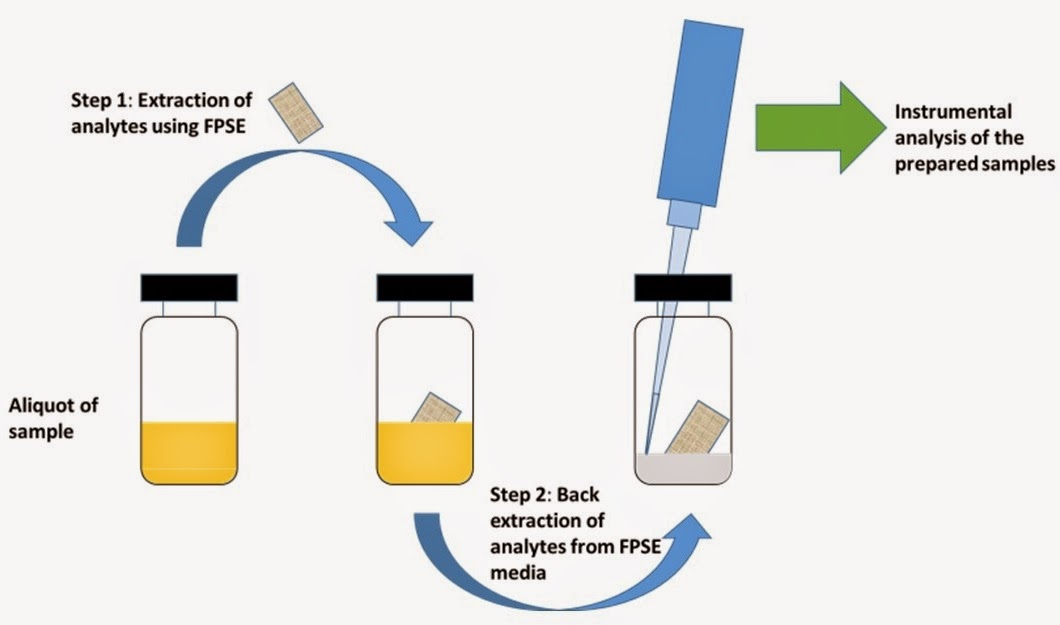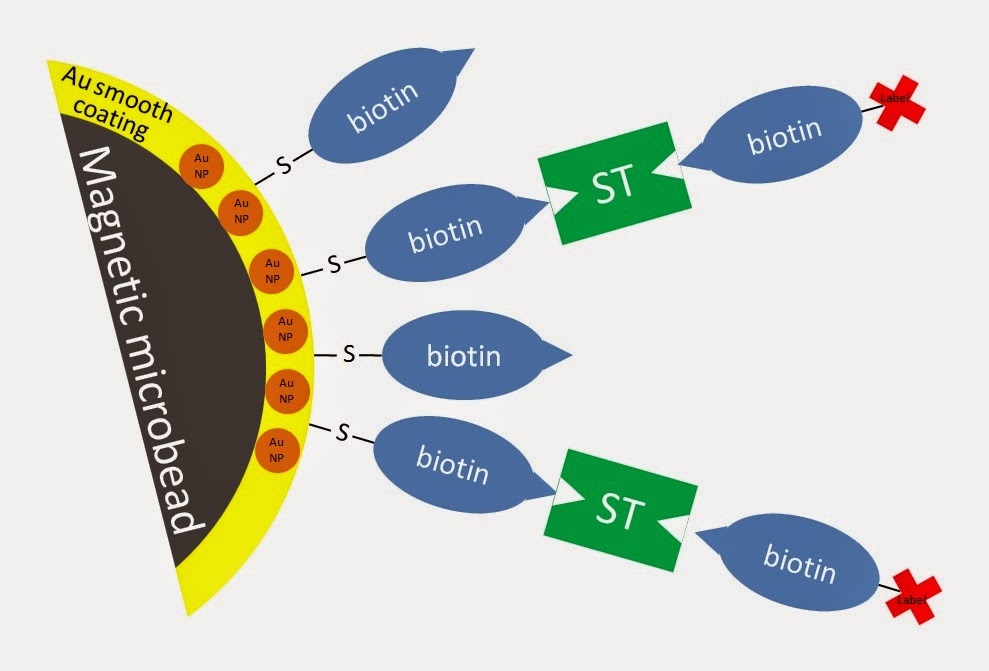Read all posts from December 2015
Magnetic SPME in micro-fluidics, speciation of Hg in
cells
Mercury is a well known toxicant with
different exposure sources. Although its use on medical products is banned in
many countries, other sources like environmental pollution or contaminated food
still exist. Professor Bin Hu and co-workers have been recently researched how
Hg species are distributed and even modified in cell cultures [1]. In their own
words, this type of research is of paramount importance in order to fully
understand the toxicity but also the cell protection mechanisms. (post)
Polypyrrole coated nylon fibers for disk-based solid
phase extraction
The extraction of polar compounds from
aqueous matrices is not a easy process due to the high solubility of these
compounds into the sample that weakens the interactions with the extractant.
Polymeric phases, comprising different monomer in their structure that may
establish polar interactions and even ionic, have been widely used to solve
this problem. Although there are some commercially available phases, the
development of novel ones as well as the design of formats different than the
conventional particle-packed column one are attractive research lines (post)
Molecularly imprinted polymers on the surface of TiO2
nanoparticles
The usefulness of molecularly imprinted
polymers is unquestionable. They have been extensively used for the selective
extraction of different families of compounds in a wide variety of samples. The
main problem associated to these sorbents is the impossibility to ensure that a
high percentage of the recognition sites are available for analyte interaction
as they can be embebed into the polymeric structure. (post)
Rapid extraction of nucleic acids for quick diagnosis
Nucleic acids have several practical
applications in Analytical Sciences as they can be used as biorecognition
molecules (e.g. aptamer) in the design of sensors and even extraction phases.
However, this post deals with those methods that are aimed to determining
nucleic acids in samples of different origin (usually biosamples).(post)
Laser desorption combined with SPME for GC-MS analyses
We highlight today an article that describes
the combination of laser desorption and solid phase microextraction (SPME) for
the analysis of solid samples. The article has been published in Rapid
Communications in Mass Spectrometry under the title "Laser desorption
sample transfer for gas chromatography/mass spectrometry" (1). It
is not necessary to describe the potential of SPME since it is a well
established technique in almost every analytical laboratory.(post)



Comments
Post a Comment